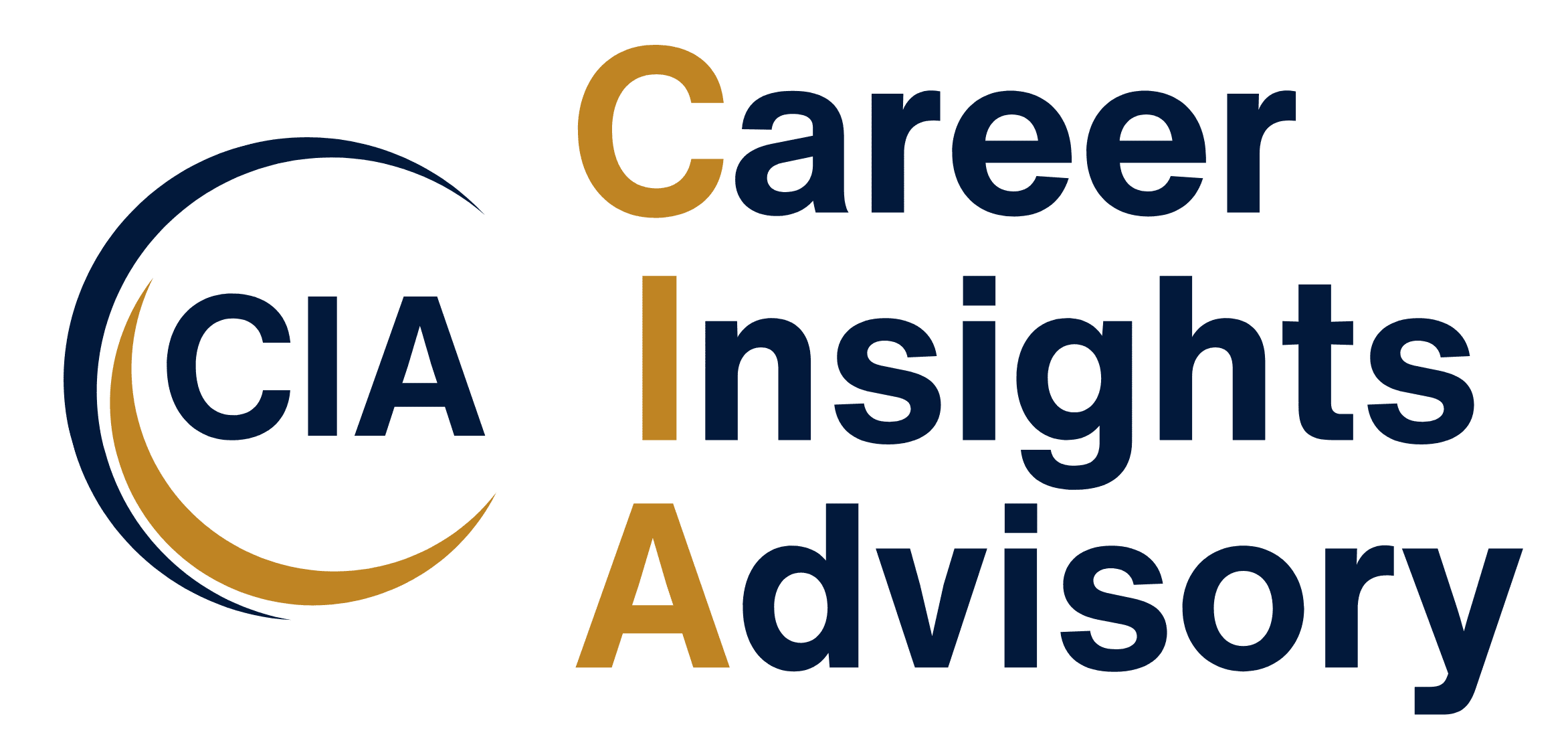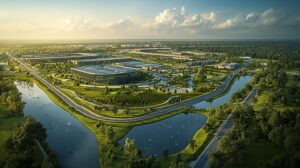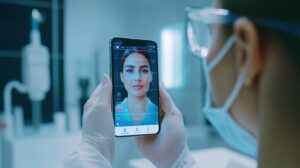
How Job Simulations are Revolutionizing Career Prep for College Students
An interview with Andrew Gilfillan, General Manager at Pearson
Q: Can you tell us about your role at Pearson and how it relates to helping students prepare for their careers?
I am the general manager for Pearson’s business, humanities and social sciences portfolios. These subject areas serve a wide range of general education courses, career focused disciplines, and include two of the top three most popular majors for undergraduate students in the US (National Center for Education Statistics).
My team is responsible for ensuring the products and services we deliver to millions of students each year provide high-quality, trustworthy learning content to help students learn and educators teach.
Our content supports students in attaining the foundational knowledge they need to progress in their learning, develop critical thinking skills, and build the skills they’ll need to succeed in the workforce.
Q: Many students enter college not knowing exactly what they want to do. How can job simulations help them in that search?
As students complete their coursework, they are introduced to numerous aspects of their chosen field. With our partnership with Forage, students are able to complete virtual job simulations aligned to the content they’re learning in class, building the connections between course material and application at work.
Students explore for themselves whether a particular role is a good fit as they complete the simulation. This happens in a low stakes environment so that students are free to explore, make mistakes, and engage critically with examples of actual tasks that may be assigned to them in the workplace.
Q: It's been more challenging for students to get internships lately. What unique benefits do job simulations offer, and how can they complement or serve as an alternative to traditional internships?
Internships are an important way for students to gain experience on the job, to get an understanding of company culture, and to demonstrate proactiveness before entering the workforce.
The benefit of virtual job simulations is the increased accessibility of these types of experiences. There are a limited number of traditional internship spots, but there are infinite opportunities with virtual job simulations.
With job simulations, students are able to “try on” several different roles across an array of industries in a way that one couldn’t with a traditional internship. Those students are then able to walk into interviews with those very same companies and speak with confidence about their experiences completing that simulation.
While not a directly like-for-like experience, job simulations provide an increased number of students the opportunity to explore potential career paths in a way they may not have traditionally had access to due to where they live or other commitments they may have.
Q: How is Pearson blending experiential learning methods with Forage’s technology to make students more attractive to employers?
Our integration of Forage virtual job simulations into Pearson courseware like MyLab allows students to more readily connect what they’re learning in class to how those skills translate into a work context.
When completing a job simulation, students are synthesizing what they’ve learned and applying that knowledge to complete simulation tasks that have been built by some of the world’s top employers.
Millions of students use MyLab each year to access their coursework and eTextbooks. Those same students are now able to access Forage virtual job simulations in 15 business and economics disciplines, including marketing, finance, and accounting.
Educators can choose to assign job simulations as part of their coursework, deepening the connection between what the student learns in class and real-world application.
Students also have the option of letting companies see their completed work, an opportunity that has resulted in students being over 2x more likely to land a job with the employer whose simulation they’ve completed. Students using Forage make up nearly 20% of employers’ early talent hires.
Q: It appears we are in a profound transition in both education and work. What do you think careers will look like in the future for students attending college today?
In recent research from Pearson, we’ve been asking this same question of “how will work change?” We are living in a time of enormous technological innovation, particularly with the rapid evolution of generative AI.
Students are already seeing this change before they’ve even graduated and hit the workforce. We expect that AI will augment work in the future to allow humans to do the human work of collaboration and discernment, while some of the more repetitive, daily administrative tasks we’re currently used to will become more and more automated.
Skills will continue to evolve, so students need to learn to embrace opportunities to continue to re-skill and upskill. Early introduction, use of, and experimentation with AI in the course of their education will be incredibly important for students to be prepared for the future.
Q: How should students approach education today compared to 20-30 years ago?
Education today is less linear. Where before the steps for when and how to pursue your education were outlined with little room for choice, now students have more control of how they choose to study and enter the workforce – asynchronous courses, experiential and virtual learning opportunities, microcredentialing, etc.
Students should consider a balanced approach between institutional learning and non-linear learning, embracing all the options out there. For some that may mean completing a traditional degree with stackable credentials; for others it may be alternative pathways to acquiring the skills they need to succeed in the career of their choice.
We’re trying to bring as many options as possible into the higher ed institutional learning experience to combine the best of institutional opportunities and experiential opportunities. This includes skills critical in the workforce, including AI.










